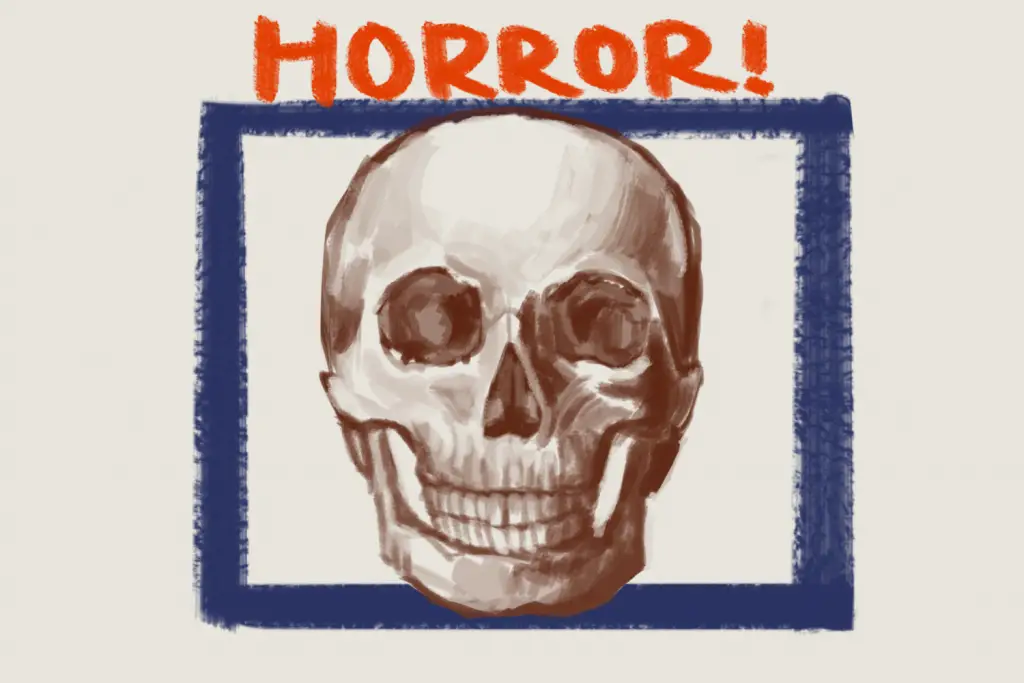Ah, the ’60s… a time of iconic aesthetics, pop-culture phenomena and, in all honesty, overt racism. Regardless of the problems that dominated the social and political spheres though, the artistic achievements in the cinematic field were undeniable.
Unlike the B-movie campiness of the horror films of the decade before — who could forget the classic 1958 feature “The Blob”? — the ’60s brought new advancements in the genre that took horror out of a simple midnight spook show to a cinematic experience that kept audiences on the edge of their seats.
Movies evolved from the ever-popular doomsday sub-genre and instead gravitated toward themes of psychological torment, twisted serial killers and the supernatural. Since then, horror has remained popular among the masses up into today. Nothing screams entertainment like some popcorn and a scary screening, whether you’re at an old-school drive-in theater or sprawled out across a couch.
For all the classic horror-lovers out there, here are six of the best ’60s horror films that are sure to keep you glued to your seat.
1. Night of the Living Dead (1968) dir. George A. Romero
Of course, George A. Romero’s classic zombie flick has to make the list. While not super soul-shattering in terms of fear, “Night of the Living Dead” is chock-full of excitement and eloquent, scary subtleties that make the film stand out as a finessed addition to the horror genre. Opening with a truly spine-chilling score, the movie jumps right into the frights within the first 10 minutes as Barbara watches her brother get attacked by a man she believed to be an innocent passerby.
The tension never ceases, and soon audiences follow the main protagonist and hero Ben, along with six other stranded people, as they fight to survive in an abandoned Pennsylvania farmhouse while the “living dead” closing in around them. In many ways, the film depicts how different people endure a crisis, with much of the characterization shown through actions rather than words.
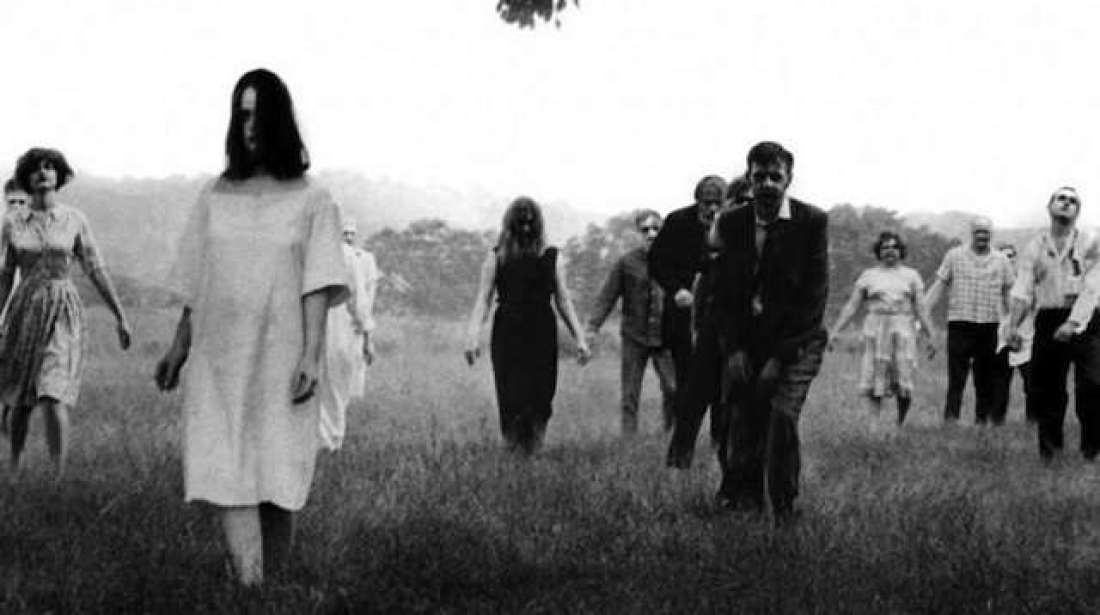
However, the standout feature of this film is actor Duane Jones’ role as Ben, a black man who has power over and trust among the other characters. His monologues, such as his retelling of the truck incident in the beginning, carry the movie to its emotionally charged finish. Additionally, the casting of a black man as the main character whose characterization didn’t revolve around race was fairly progressive for the time.
Although Romero’s zombie film isn’t as timeless as some of the other movies of the genre, its significance is undeniable. The idea of the “undead” sluggishly walking around, violently mauling and subsequently eating their victims has only rose in popularity since the release of this film.
2. Eyes Without a Face (1960) dir. Georges Franju
George Franju’s French cinematic horror hit, “Eyes Without a Face,” begs the question, “How far would your guilt take you?” This eerie film follows a surgeon who specializes in skin tissue transplantation. After his daughter’s face was severely mangled in a car accident that he caused, he devotes his work to finding a way to give her a new face.
With the help of his assistant, he abducts young girls, surgically removes their faces and then dumps them in the river. Franju’s mastery shines in this film, particularly through the characterization and appearance of the daughter, who wears a ghostly white mask with eye holes to hide her grotesqueness.
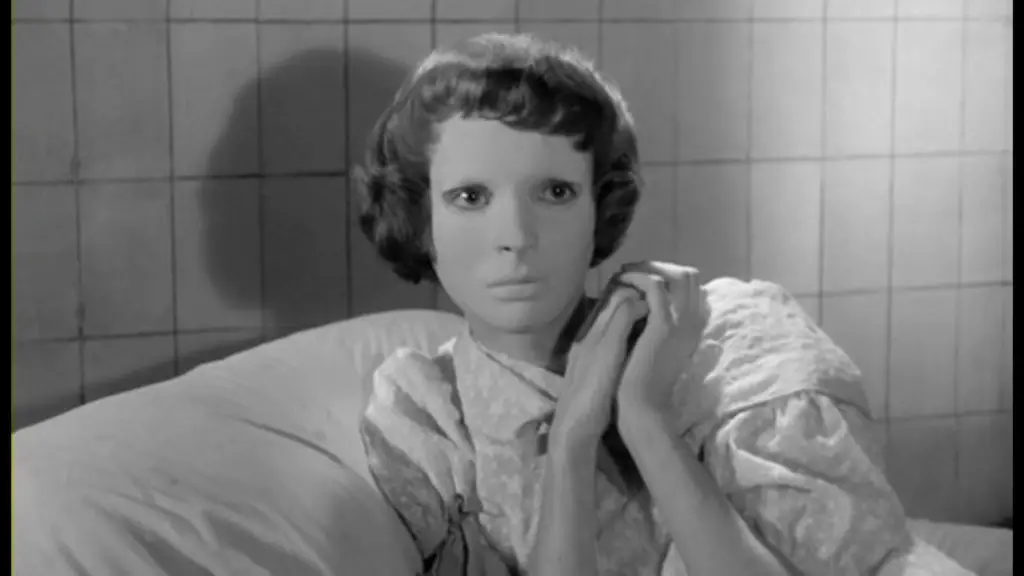
After discovering her father’s secret, she becomes distraught not only for herself but for the innocent victims of a crime committed for her, an emotion conveyed to the audience through nothing but the pain in her eyes. Critics could argue that the central theme of this movie is the desire for freedom.
Throughout the film, the daughter Christiane feels isolated and alone in the world and wishes to live her life without her face being covered. She begs for death, but by the end of the movie Christiane is triumphant and free at last, a feeling captured by the fluttering of doves released from their cage as she makes her way into the night.
With a creepy, carnival-esque score, superb acting and an impactful ending, “Eyes Without a Face” is a movie that can’t be overlooked.
3. Psycho (1960) dir. Alfred Hitchcock
Perhaps the first flick that comes to mind when people think of ’60s horror is Alfred Hitchcock’s masterpiece, “Psycho.” This psychologically twisted film follows Marion Crane, a woman who has run away from home after stealing money for her boyfriend. After stopping at an absent, roadside motel, chaos ensues as Marion interacts with groundskeeper Norman Bates, a young man who harnesses a strange relationship with his old, sick mother.
Ahead of its time, “Psycho” set the precedent for many elements of horror to come, namely the slasher movie sub-genre. Additionally, Hitchcock shocked audiences with his depiction of violence and sexuality. Opening with a love-scene between an unmarried couple, in which Marion is shown in only a bra, the provocativeness of the movie drew audiences in from the get-go.
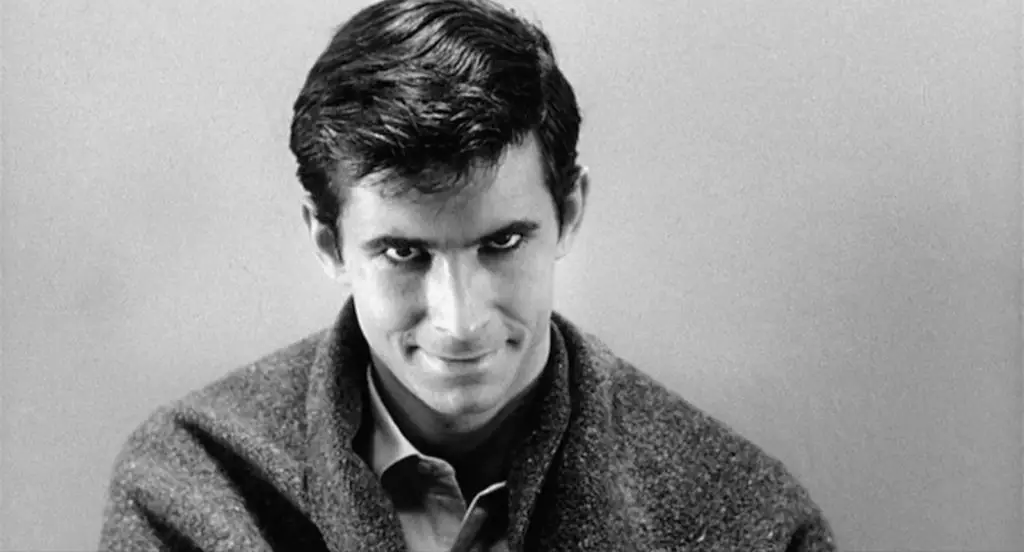
Soon after, the film dives into its general theme of uneasiness, showcased largely through an anxiety-inducing score full of quick, staccato notes. Although the film is somewhat of a slow-build, once it gets going, the twists and turns never cease — who can forget the legendary shower scene?
The writing, too, is impeccable, with iconic lines such as “We all go a little mad sometimes” living in infamy. One of the first films to dive into the psychology of a mad-man, “Psycho” definitely lives up to its name. Critics and viewers alike have named this masterpiece as one of the greatest films of all time, for good reason.
4. Peeping Tom (1960) dir. Michael Powell
Michael Powell’s “Peeping Tom” is one of the most controversial films of all time. Chock-full of sexual content and violence, this movie more or less ruined Powell’s career after critics were absolutely disgusted by its subject matter, only finding success as a beloved cult-classic years later.
The film follows cameraman Mark, an amateur film-maker and part-time pin-up photographer, as he goes on a killing spree to capture faces of fright in order to create a documentary on fear. One of the first films to introduce the voyeur theme, “Peeping Tom” is notable for its portrayal of the inside workings of a serial killer’s mind.
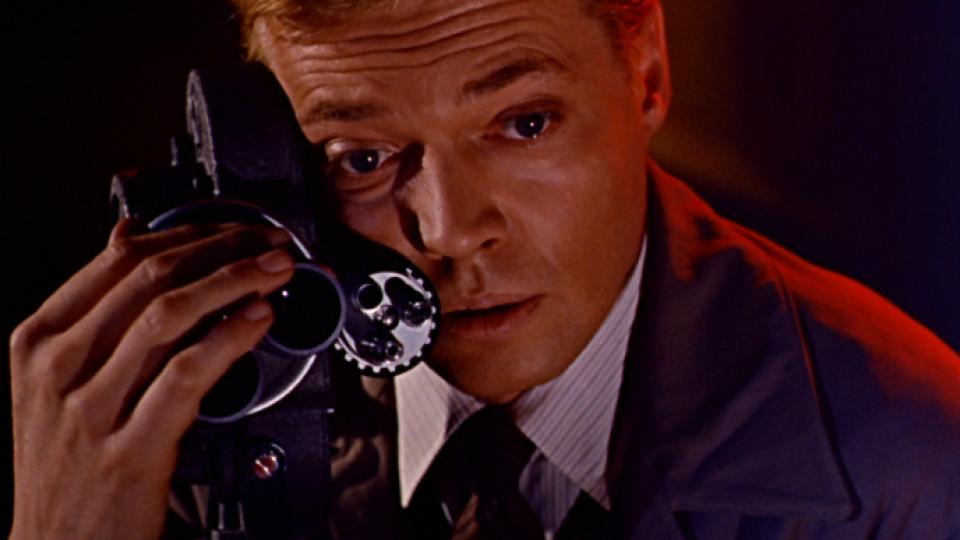
Mark, an anti-social, young man reveals both sides of himself. After showing his love interest Helen videos of what the psychological torment his father, a psychologist, did to him in order to see a child’s response to fear, audiences are able to both be disgusted and terrified of Mark, as well as sympathize with his misfortune.
Mark is simply mirroring his father’s own behavior, in a much more destructive way, leading to his own demise. Additionally, the subtle, cinematic elements of this film are what make it something special. An impossibly difficult piano score, beautiful cinematography — including filming through a viewfinder — and the subtle presentations of fear such as Helen’s facial reactions to Mark’s slasher documentary, collectively bring the movie to the forefront of horror greatness.
5. Rosemary’s Baby (1968) dir. Roman Polanski
Although Roman Polanski is a certified piece of trash, his psychologically scarring, supernatural horror film “Rosemary’s Baby” is on every best horror film list known to man.
Often considered one of the scariest movies of all time, the film follows Rosemary, a newly pregnant woman who slowly begins to believe her neighbors are Satanists that want to take her baby from her for their rituals.
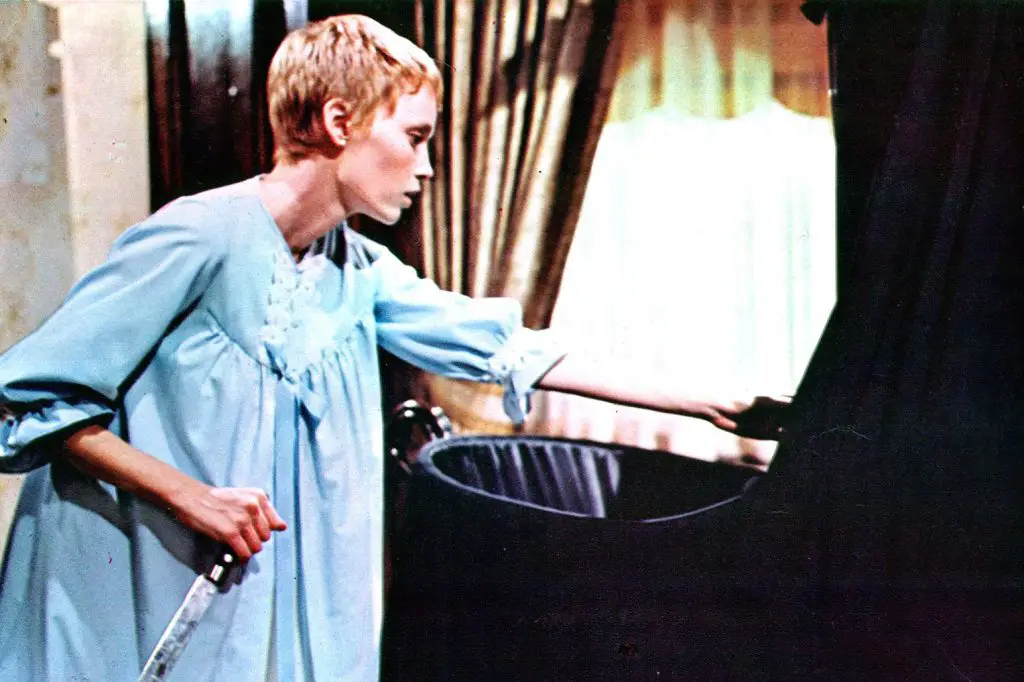
As the movie progresses, Rosemary’s health seems to drastically decline as she experiences strangely intense pregnancy symptoms and mind-aching isolation. However, the diabolical truth is only fully revealed after she gives birth to none other than Satan’s baby, leaving Rosemary utterly horrified and unsure of her role as the child’s mother.
Often hailed as one of the most terrifying scenes in horror-movie history, Rosemary’s dreamlike vision of being raped by Satan while her neighbors watch is something you want to watch with one eye closed.
Without being overtly violent or gory, “Rosemary’s Baby,” is able to capture viewer’s attention simply by the increasingly suspicious actions of the characters and how Rosemary breaks down as the story continues. The horror, in a way, is in the matter-of-factness of the “villains,” and how Rosemary is made to be the odd one out by the movie’s end.
6. What Ever Happened to Baby Jane? (1962) dir. Robert Aldrich
My personal favorite on this list, and one of my favorites of all time, is Robert Aldrich’s psychological-thriller “What Ever Happened to Baby Jane?” While not necessarily labelled as a horror film, “Baby Jane” is a strikingly messed-up, psycho-biddy movie that creeps me out and disturbs me more than any other.
The film follows two sisters, Jane and Blanche Hudson — played by Hollywood legends Bette Davis and Joan Crawford, respectively — with the former being an ex-child star and the latter being an extremely famous actress during her prime. While Jane has fallen completely out of the spotlight, Blanche remains a beloved film star. After Blanche gets into an accident that causes her to become a paraplegic, Jane “looks after her” in their home.
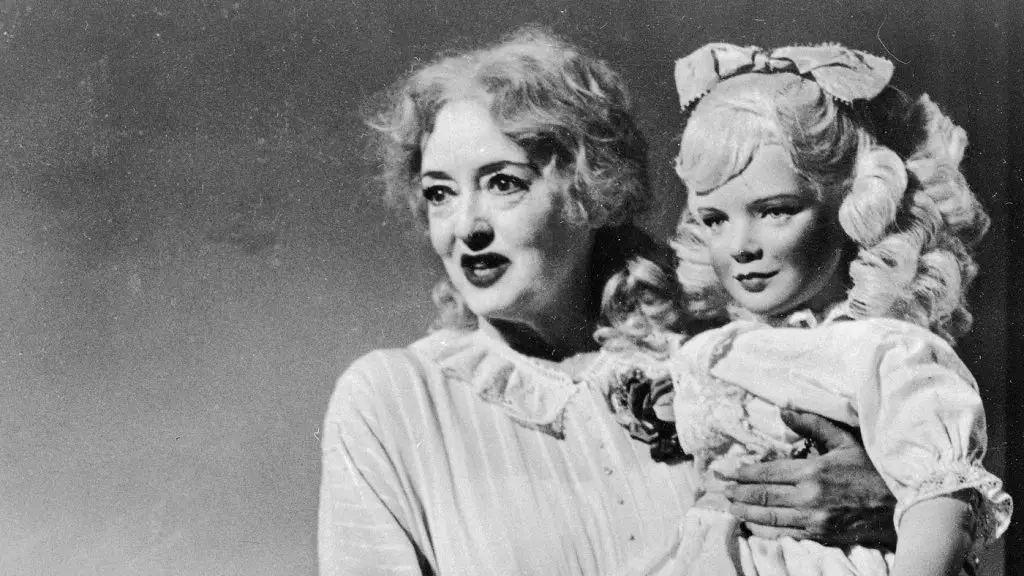
However, Jane’s extreme jealousy and stuck-in-the-past mindset has left to her become an insane, cruel and deranged woman who goes out of the way to make her sister’s life a living hell. As the film continues, the psychological and physical torture gets crazier and crazier, leaving audiences constantly wondering what will happen next, and if Blanche will make it to the end in one piece.
One of the best psychological thrillers of all time, Aldrich is able to capture the pure psychotic nature of a woman who only cares about re-entering the spotlight. The ending of this movie will leave you both deeply distressed and even a little bit sad, with the symbolism and parallels powerfully demanding you to think about this movie even after the credits stop rolling.
A film both horrifying and at times darkly humorous, “What Ever Happened to Baby Jane?” is a masterpiece of the ’60s — and even gives Hitchcock a run for his money.


